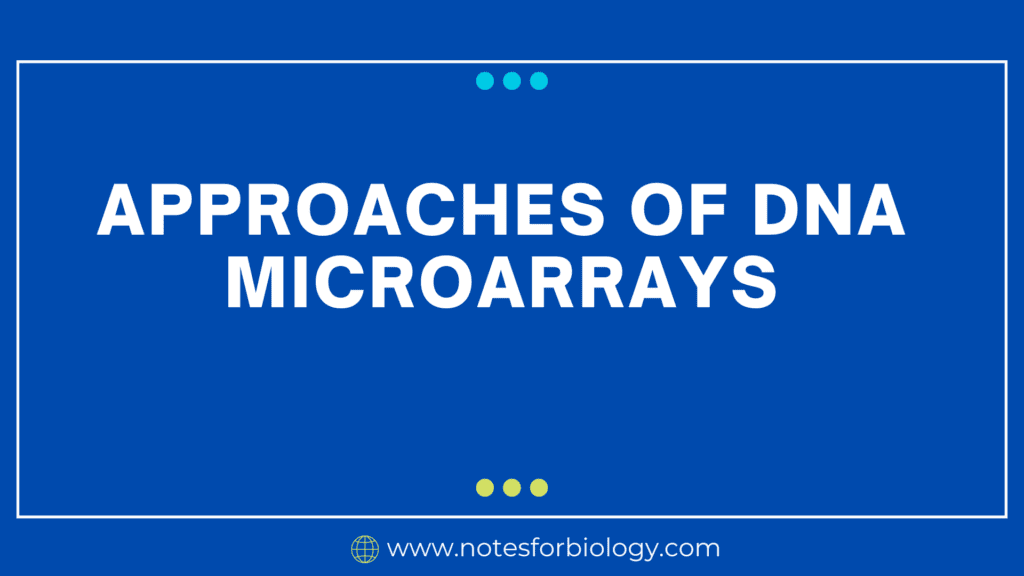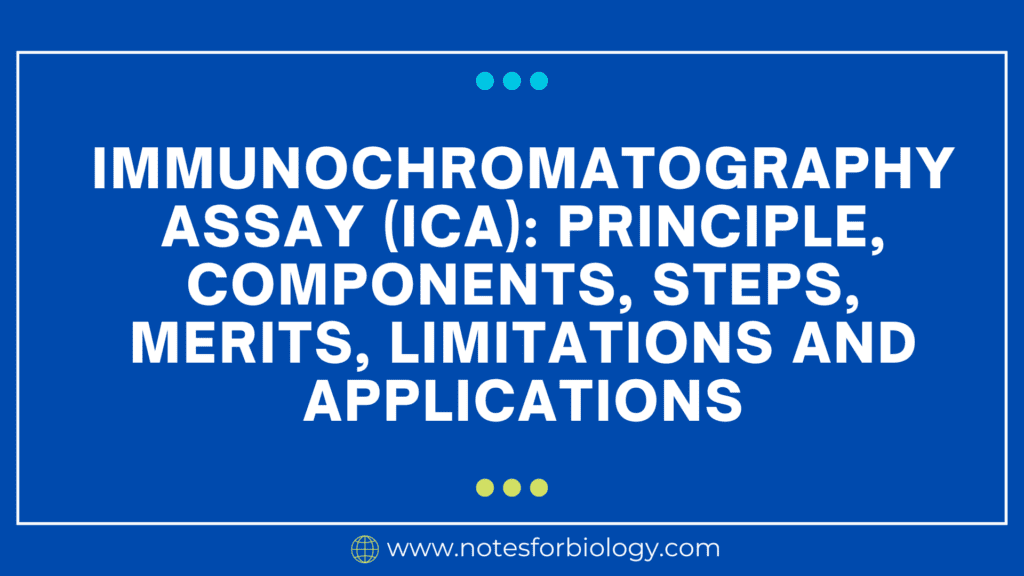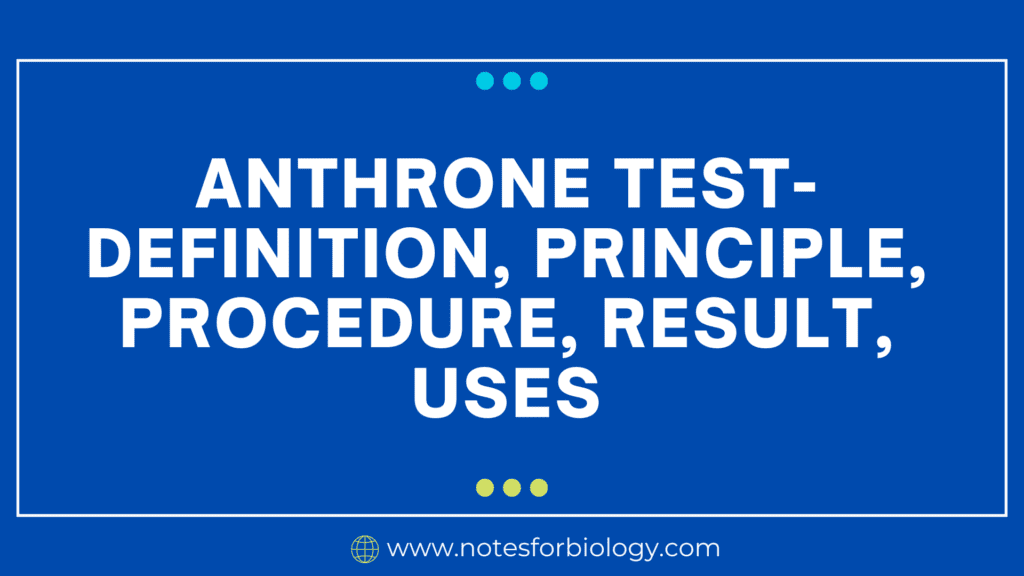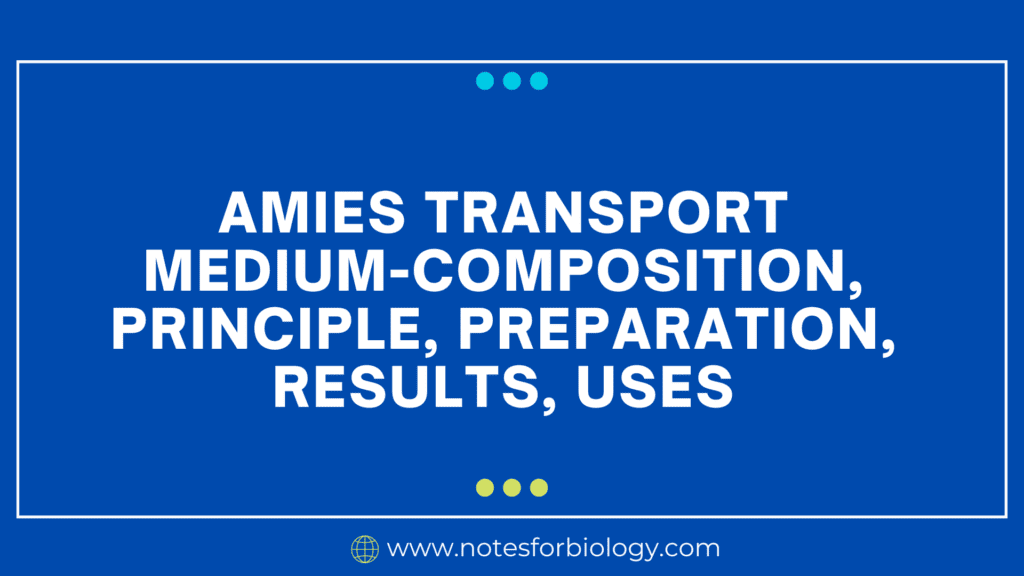DNA Microarrays
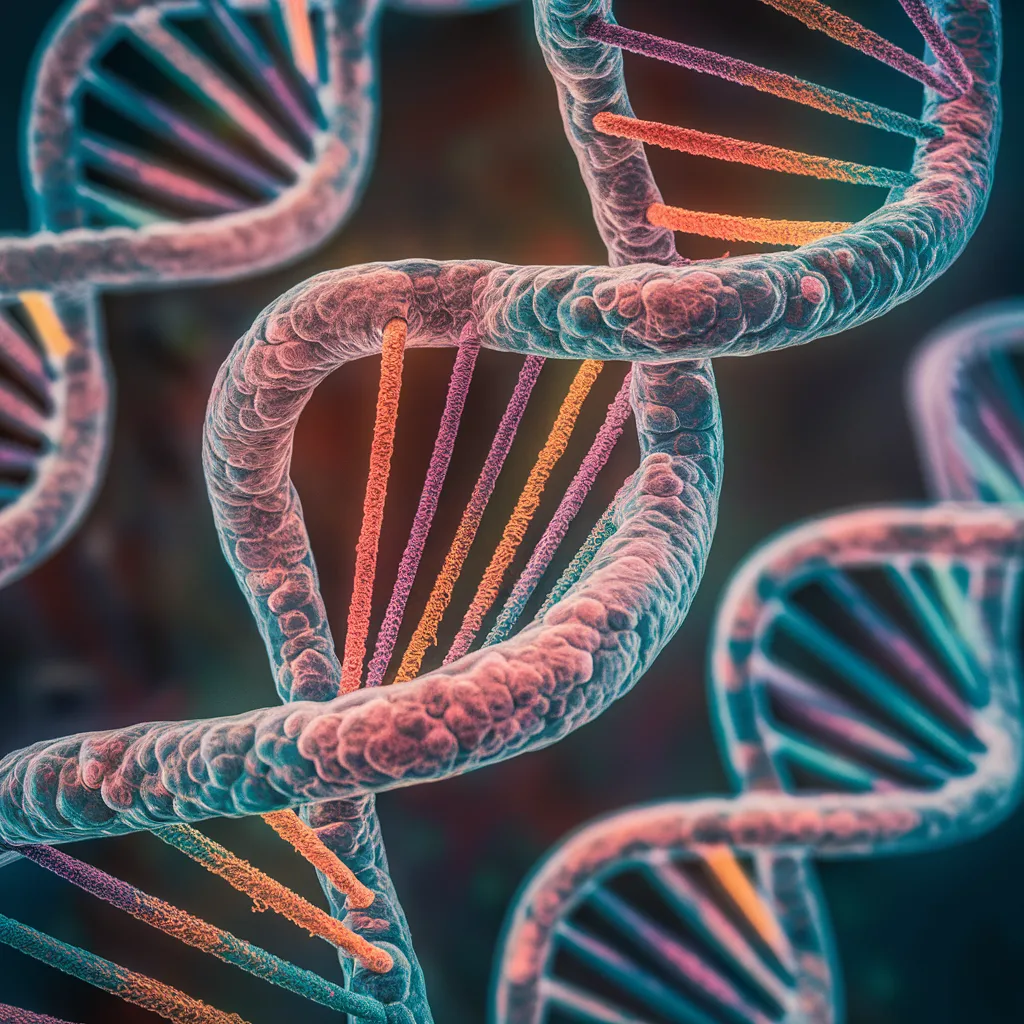
A set of tiny DNA patches affixed to a solid surface is called a DNA microarray, sometimes referred to as a DNA chip or biochip. DNA microarrays are used by scientists to genotype different areas of a genome or to evaluate the expression levels of several genes at once. Every DNA spot has 10−12 moles of probes (also called reporters or oligos)—picomoles of a particular DNA sequence.
Table of Contents
Approaches of DNA Microarrays
DNA microarrays are highly effective instruments for examining gene expression and other genomic characteristics. These platforms provide a range of methodologies, each with specific advantages and disadvantages:
Target Labeling
Direct Labeling: Fluorescent dyes are applied directly to the target cDNA and then hybridize to form an array.
Positives: Easy to use, economical.
Cons: There could be bias as a result of dye-specific effects.
Indirect Labeling :The process of cDNA synthesis involves indirect labeling, which takes place at the second strand.
Advantages: Easy to use and economical.
Cons: The possibility of bias resulting from effects specific to a dye.
Array Type
Oligonucleotide Arrays: The array surface is covered in spots of short, artificial oligonucleotides.
Advantages: Easy customization, little cross-hybridization, and high sensitivity.
Cons: Probe length restriction makes it less effective in identifying lengthy transcripts.
cDNA arrays : Cloned cDNA fragments are spotted onto the surface of cDNA arrays.
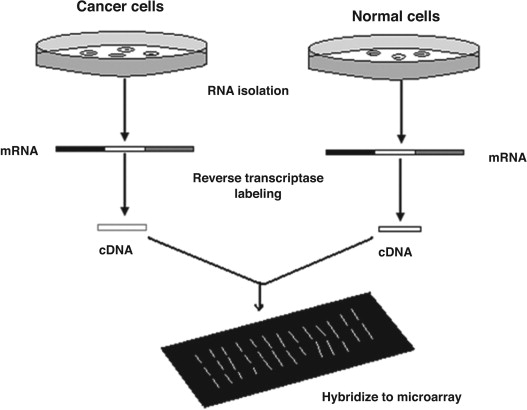
Pros: Longer probes are more effective in identifying splice variants and lengthy transcripts.
Cons: Less sensitivity and more prone to cross-hybridization.
Design
One-Color Arrays: These arrays enable the study of relative gene expression by labeling a single sample with a fluorescent dye and hybridizing it to the array.
Positives: Easy to use, economical.
Cons: Only able to compare things relative.
Two-Color Arrays: This technique allows for a direct comparison of gene expression by labeling two samples with distinct dyes and hybridizing them to the same array.
Advantages: Higher accuracy for differential expression analysis and a direct comparison of two samples.
Cons: Potential for dye bias; more complex.
Method of Hybridization
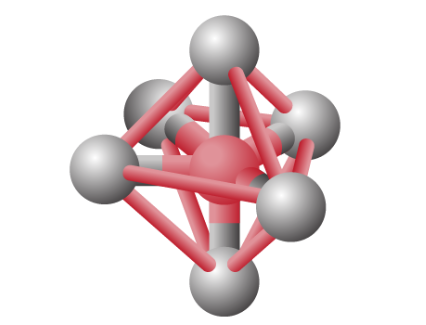
Hybridization Based on Solution: The target DNA combines with the array while it is in solution.
Pros: Easy to use and effective.
Cons: Careful hybridization condition tuning is necessary.
In aitu hybridization :Target DNA is immediately immobilized on the array surface during in situ hybridization.
Strong sensitivity and less background noise are advantages.
Cons: More involved and equipment-specific.
Uses
Gene expression Analysis : Analyzing gene expression yields information about cellular function by comparing the relative amount of mRNA transcripts.
SNP analysis: identifying genetic variation and illness susceptibility by identifying single nucleotide polymorphisms.
Copy number variations analysis: By evaluating changes in DNA sequences, copy number variation analysis can show chromosomal rearrangements and the emergence of cancer.
MicroRNA Analysis: Understanding the regulatory mechanisms underlying many biological processes, as well as profiling microRNA expression.
Limitations
cross-hybridization: Accuracy is impacted by cross-hybridization, which is the non-specific binding of target DNA to probes on the array.
Dye Bias: Variations in the binding affinities of fluorescent dyes can cause inaccuracies in quantitative analysis.
Restricted Dynamic Range: Extremely high or low levels of gene expression may not be detectable by microarrays.
Selecting the Appropriate Strategy
The particular research issue, the resources at hand, and the required degree of precision all influence the best strategy for DNA microarray analysis. The most effective and educational outcomes will come from carefully taking into account each component.
In summary
DNA microarrays provide a wide variety of methods, each with specific benefits and drawbacks. By being aware of these differences, scientists can choose the methodology that best suits their particular requirements and guarantee accurate and significant insight into the workings of the genome.
Frequently Asked Questions(FAQ)
Define DNA Microarrays ?
A set of tiny DNA patches affixed to a solid surface is called a DNA microarray, sometimes referred to as a DNA chip or biochip. DNA microarrays are used by scientists to genotype different areas of a genome or to evaluate the expression levels of several genes at once. Every DNA spot has 10−12 moles of probes (also called reporters or oligos)—picomoles of a particular DNA sequence.
What are the approaches of DNA Microarrays ?
The approaches of DNA Microarrays are
Target Labeling
Array type
Design
Method of Hybridization
What is the pros of Target Labeling ?
The pros of Target Labeling is , it is easy to use and economical.
Related Articles
Bergey’s Manual of Systematic Bacteriology and Determinative Bacteriology

